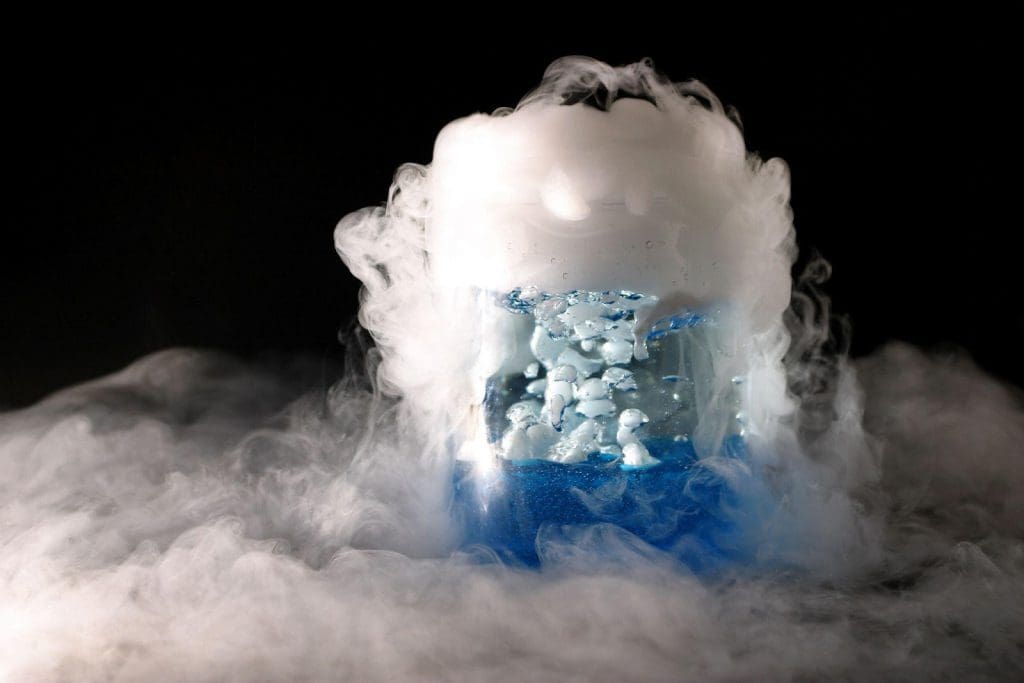
All science is based around calculations and measurements. From the length of a covalent bond to the speed of light to the LD50 (median lethal dose) of a harmful substance—measurements are a vital part of everything we do. While today nearly everyone uses the International System of units, it wasn't always so simple.

SI units form the basis of almost all scientific units in common use, and, in order to maximise consistency, these have been refined so as to be based solely off natural constants.
A set of seven units comprise the SI base units and from these, many others can be consistently derived. These base units are:
Combined, these make up 22 derived SI units with unique names and symbols (such as hertz, watts, and degrees Celsius) and over 50 derived quantities from a combination of SI and named derived units.
Science is always trying to refine and understand the physical world in more accurate ways. In order to do so, the use of accurate units is essential. In 2019, four of the SI units were redefined by the National Institute of Standards and Technology (NIST) to better reflect the natural world. These have now been upgraded from inexact or fluctuating measures to be based on invariant physical constants, such as the Boltzmann, Planck, and Avogadro constants, as well as the speed of light and atomic transition frequency.
Previously, units of Kelvin were relative to the triple point temperature of water. However, this was self-referential as the triple point was itself defined on the Kelvin scale.

The kilogram was the last remaining physical object used to define a unit of measurement, which was prone to variance due to it being made of matter. The International Prototype of the Kilogram was a golf ball-sized object made of platinum and iridium which was used to calibrate all other kilogram standards.
Prior to the 2019 revision, a mole was relative to the kilogram. It was defined as an amount equal to the number of atoms in 0.0012 kilograms of carbon-12, which theoretically would align with the Avogadro constant, if the kilogram was also constant. As of 2019, the kilogram had been redefined, but for the sake of consistency, the mole was updated to be defined solely in relation to the Avogadro constant.
The ampere is a slightly more complex unit, now being defined as a number of coulombs per second (with the coulomb now being defined by elementary charge). The older understanding of the ampere was flawed due to its inability to be performed experimentally. It was originally calculated as the current which would produce a given amount of force from two parallel conductors of infinite length, one metre apart inside a vacuum. Due to a lack of infinite-length conductors, this was impractical as a working definition.
While we have a thorough and consistent system today with the standardised SI units, there are plenty of weird and wonderful non-SI units which are occasionally still found in use. They are not necessarily built for accuracy like the SI units we know and love, but they suit more practical purposes, such as for legacy reasons, humour, or simply ease of scale. These are often not fully consistent with other measurements, but are useful nonetheless.
Used often in journalism, an Olympic-sized swimming pool is a comparator for large volumes of water such as flooding. It is also defined by NIST as 1 million litres of water. An Olympic swimming pool measures 50 metres by 25 metres on the surface, however there is no official depth for Olympic pools. Many are 2 metres in depth, which equates to about 2.5 million litres of water.
A Sydharb is a volume equivalent to the volume of water present in Australia’s Sydney Harbour, equivalent to about 562 gigalitres, or 238,000 Olympic swimming pools.
A beard-second is a unit of distance inspired by the lightyear, but relevant to very small distances. It’s defined as how long an average beard hair grows in one second, approximately 5 nanometres.
Used to measure the height of horses in some countries, one hand is a measure of exactly four inches, or 10.16 cm. Similarly, one horse—used to measure distances in horse racing—is equivalent to about 2.4 metres.
When mass values become too large to visualise beyond the scale of our earth, it is helpful to use a different comparator which can carry more weight (literally and figuratively). One Jupiter is approximately 1.9 x1027 kg or one thousandth the mass of our sun.
While a lightyear measures distance, Russian physicist George Gamow wanted to reverse the procedure to measure how long it takes for light to travel a certain distance. This has derived time units such as the light-mile and the light-foot. A light-foot is roughly one nanosecond.
Want to know more about physical and chemical properties? You’re in the right place. We are here to help you with all your chemical property needs, including safety and storage, SDS management, Heat Mapping, Risk Assessment, and everything in between. Contact us today on sa***@*******ch.net.
Sources: